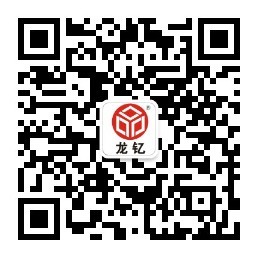News Center
News Center
CONTACT

Fukang Industrial Park, Longnan Economic and Technological Development Zone, Ganzhou City, Jiangxi Province

Marketing Center: Second Floor, Left Side, Gaokeng Gaoping Community, Rongjiang New District, Ganzhou City, Jiangxi Province

©2023 Longnan Longyi Heavy Rare Earth Technology Co., Ltd. This website supports bi-directional access to ipv4 and ipv6! Powered by www.300.cn | SEO 丨 business license








